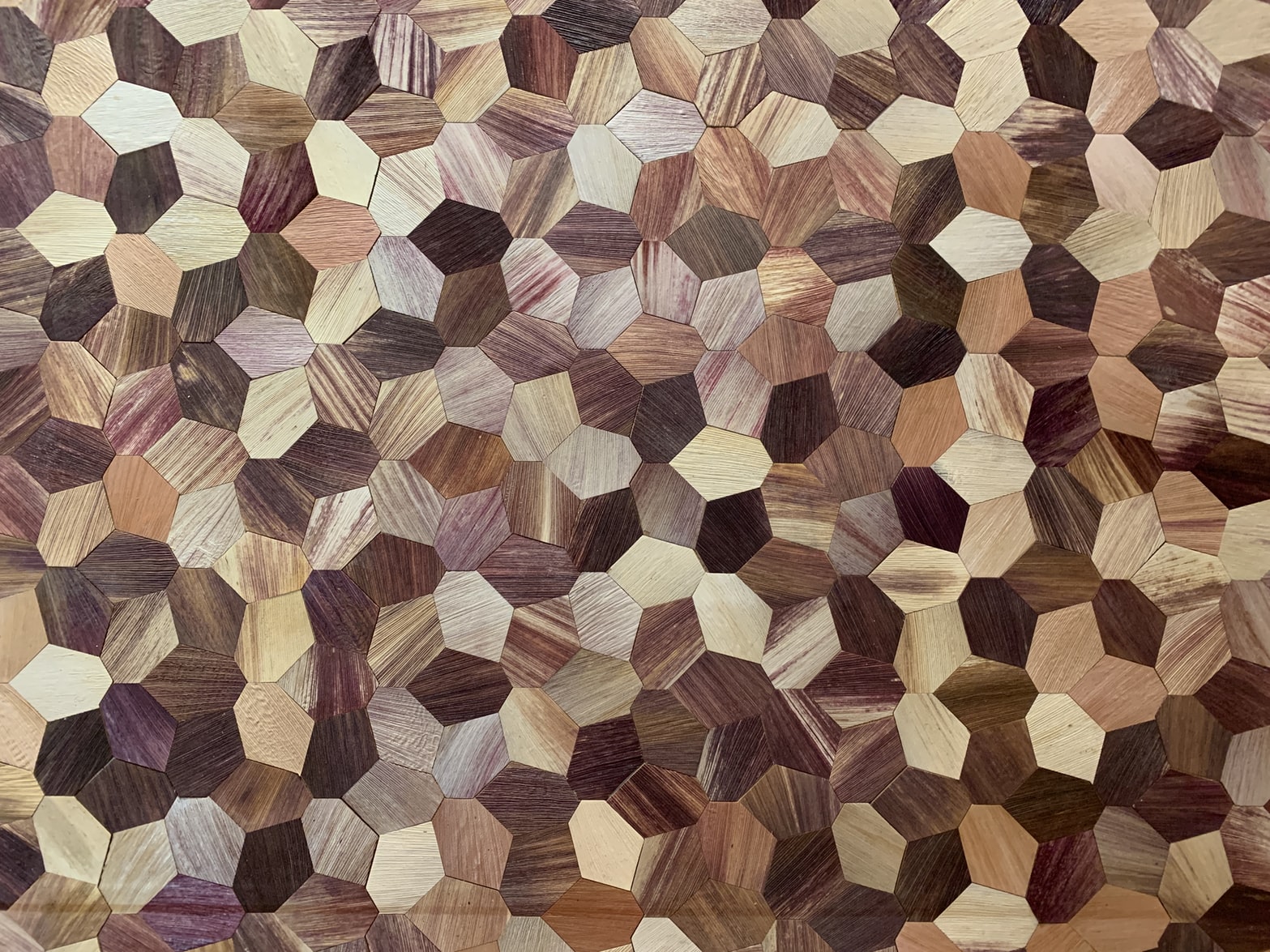Flooring has evolved to becoming more eco-friendly as we become more educated with using, and sourcing, better, more sustainable materials. As more and more designers, builders, and homeowners are seeking out eco-friendly materials for their environmentally-friendly projects, manufacturers have become wiser and increasing their offerings to provide their customers with various options to choose from. Here are 5 options to choose from as we look at the evolution of green flooring.
CORK
Cork flooring has excellent thermal and acoustical properties. It’s beautiful, lightweight, warm to the touch, hypoallergenic, fire and insect resistant, moisture resistant, and maintains just like hardwood floors.
Cork has a multitude of green characteristics. The material is acquired by stripping most of the outer bark from the cork oak tree. This regular harvesting does the tree no harm, and the bark grows back, to be stripped again every nine years. The trees live for 200 years or so, and the forests, called Montados, are highly prized and passed down through generations of families in the cork-producing business.
Even cork processing is relatively straightforward: The cork sheets or pieces are cured, boiled and pressed. Scraps are collected for reuse, so almost nothing is wasted.
BAMBOO
completely non-toxic, formaldehyde free, zero VOC and third-party certified to be safe, durable and eco-friendly. Solid, engineered, strand-woven, hand-scraped, dyed, nail, glue, or float.
One reason bamboo is thought to be a “greener” option is that technically a grass, bamboo plants take a fraction of the time to grow to maturity when compared to its hardwood competition.
Additionally, bamboo is often considered to be very biodegradable and more natural than hardwood floors that sometimes come with coatings or treatments. However, there are some environmental concerns that we will mention in a bit, but first, an overview of hardwood flooring.
WOOL CARPETING
Wool is the ultimate renewable fiber – it grows continuously on a sheep’s back all year round. During summer, the wool from sheep is removed (sheared) by skilled craftsmen and the sheep return to their pasture.
They are recyclable, energy-efficient, and retains its good for a great amount of time reducing the need for wasteful, premature replacement. At the end of its useful life, the pile from wool carpet can be returned to the ground, where the nutrients released as it decomposes promote further grass growth, and the natural production cycle starts all over again.
Wool carpets can be recycled at the end of their useful life in a number of interesting ways. Wool carpets are naturally durable so they can be re-formed and re-used as decorative area rugs. Wool pile from old carpets, along with waste wool from the manufacturing process, can be used in environmentally-friendly insulation products.
Discarded wool carpet can be cut into strips and used to protect newly planted trees and to prevent erosion and soil loss. The slow breakdown of wool provides rich nutrients and mulch to nourish the saplings and promote faster growth.
RECLAIMED HARDWOOD
Reclaimed wood, lumber that has been previously used for other building projects, is making waves in the flooring industry. Reclaiming wood is an alternative to newly sourced wood and allows you to give the lumber new purpose while benefiting from the patina of old age growth.
There is a romantic idea that surrounds the ability to reuse lumber taken from a place in history. Some prefer the character of reclaimed wood, while other homes and business owners want to take a green approach by reusing natural materials. Reclaimed wood offers a bit of both along with several other perks. For the wood you reclaim for your floors, that is one less new growth tree that has to be harvested and milled for lumber. You are cutting back on the number of trees that are being cut down and processed for lumber while keeping old lumber out of landfills. It’s a win-win for anyone hoping to do their part in helping to save the environment. More importantly, since old-growth woods take far longer to grow, choosing your old-growth lumber from a reclaimed source helps to reduce the impact of using this natural resource.
Although being green/eco-friendly is known as products made from a natural, renewable substance, there are other things to consider if you really want a floor that’s environmentally friendly such as the:
- The Life cycle of the product
- Ability to be renewed and recycled
- Amount of distance from the source to the destination
- Responsible manufacturing
- Toxicity to environment
The next time you have to choose a type of flooring for your property, think of the evolution of green flooring and choose one that will be sustainable. If you need help, reach out to us and we will provide you with guidance on which type of flooring will work best for you.
Photo by John Cameron on Unsplash


